Does coenzyme Q10 improve semen quality and circulating testosterone level? a systematic review and meta-analysis of randomized controlled trials
- PMID: 39830337
- PMCID: PMC11739123
- DOI: 10.3389/fphar.2024.1497930
Does coenzyme Q10 improve semen quality and circulating testosterone level? a systematic review and meta-analysis of randomized controlled trials
Abstract
Background: Seminal oxidative stress has been shown to be a key factor in the development of male infertility. However, the benefits of infertility treatments with antioxidants such as coenzyme Q10 (CoQ10) remains controversial.
Objectives: The aim of the present study was to assess the effects of CoQ10 supplementation on semen quality, i.e., semen volume, total sperm number, sperm concentration, total sperm motility, percentage of progressive sperm motility and sperm morphology. In addition, the effects of CoQ10 supplementation on circulating testosterone, luteinizing hormone (LH), follicle-stimulating hormone (FSH), and inhibin B levels were evaluated.
Design: A systematic review and a meta-analysis of randomized controlled trials (RCTs) were performed to assess the effects of CoQ10 supplementation on semen quality and serum levels of male reproductive hormones.
Methods: We conducted a strategic literature search in the Cochrane, EMBASE, PubMed/MEDLINE, Scopus, and Web of Science databases and collected only RCTs. The data in the collected RCTs were then meta-analyzed according to PRISMA guidelines.
Results: Out of 2,144 collected studies, only eight were classified eligible. The studies included a total of 877 male subjects; 462 CoQ10-treated and 415 untreated/placebo-treated. We found significantly higher total sperm counts (SMD -13.38 [95% CI: -16.33, -10.43] P< 0.0001), total (SMD -7.26 [95% CI: -10.15, -4.36] P< 0.00001) and progressive motility (SMD -6.386 [95% CI: -10.04, -2.73] P= 0.0006), and normally formed sperm (SMD -1.96 [95% CI: -3.29, -0.62] P= 0.004) in CoQ10-treated male subjects compared with untreated/placebo-treated male subjects. Nonetheless, there was a significant inter-study heterogeneity in these studies. Moreover, significantly higher serum testosterone (SMD -0.59 [95% CI: -0.79, -0.40] P< 0.00001) and inhibin B levels (SMD -0.92 [95% CI: -1.47, -0.37] P= 0.001) were recorded in CoQ10-treated subjects compared to untreated/placebo-treated subjects. In addition, CoQ10 supplementation significantly lowered serum LH (SMD 1.77 [95% CI: 1.26, 2.28] P< 0.00001) and FSH concentrations (SMD 1.60 [95% CI: 1.38, 1.81] P< 0.00001). Interestingly, there was no significant inter-study heterogeneity in the hormonal studies. However, CoQ10 supplementation had no significant effect on semen volume (SMD 0.12 [95% CI: -0.13, 0.37] P= 0.34) and sperm concentration (SMD -6.69 [95% CI: -16.28, 2.90] P= 0.17).
Conclusion: Our study shows that CoQ10 supplementation increases total sperm count, total and progressive sperm motility, and the proportion of normally formed sperm in association with higher serum testosterone and inhibin B levels. Our study therefore supports the view in the literature of a beneficial use of CoQ10 in male infertility treatment. However, further well-designed RCTs with sufficiently large numbers of subjects are required to reach a final conclusion.
Keywords: antioxidant; infertility treatment; male infertility; male reproduction; spermatogenesis; testes.
Copyright © 2025 Akhigbe, Fidelis, Adekunle, Ashonibare, Akorede, Shuaibu, Hassan, Adegbola, Ashonibare, Oladapo, Adeogun, Bamidele, Oyedokun, Mukolokota, Kukoyi, Oladipo, Adelowo, Akangbe, Hughes, Ricken, Culty, Avellar and Akhigbe.
Conflict of interest statement
JH is the CEO of Acrolytics LLC. The remaining authors declare that the research was conducted in the absence of any commercial or financial relationships that could be construed as a potential conflict of interest.
Figures
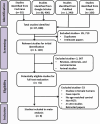

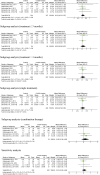
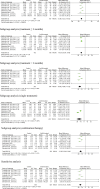
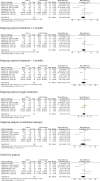
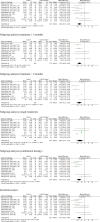
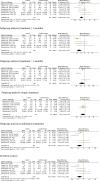
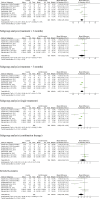





References
Publication types
LinkOut - more resources
Full Text Sources

